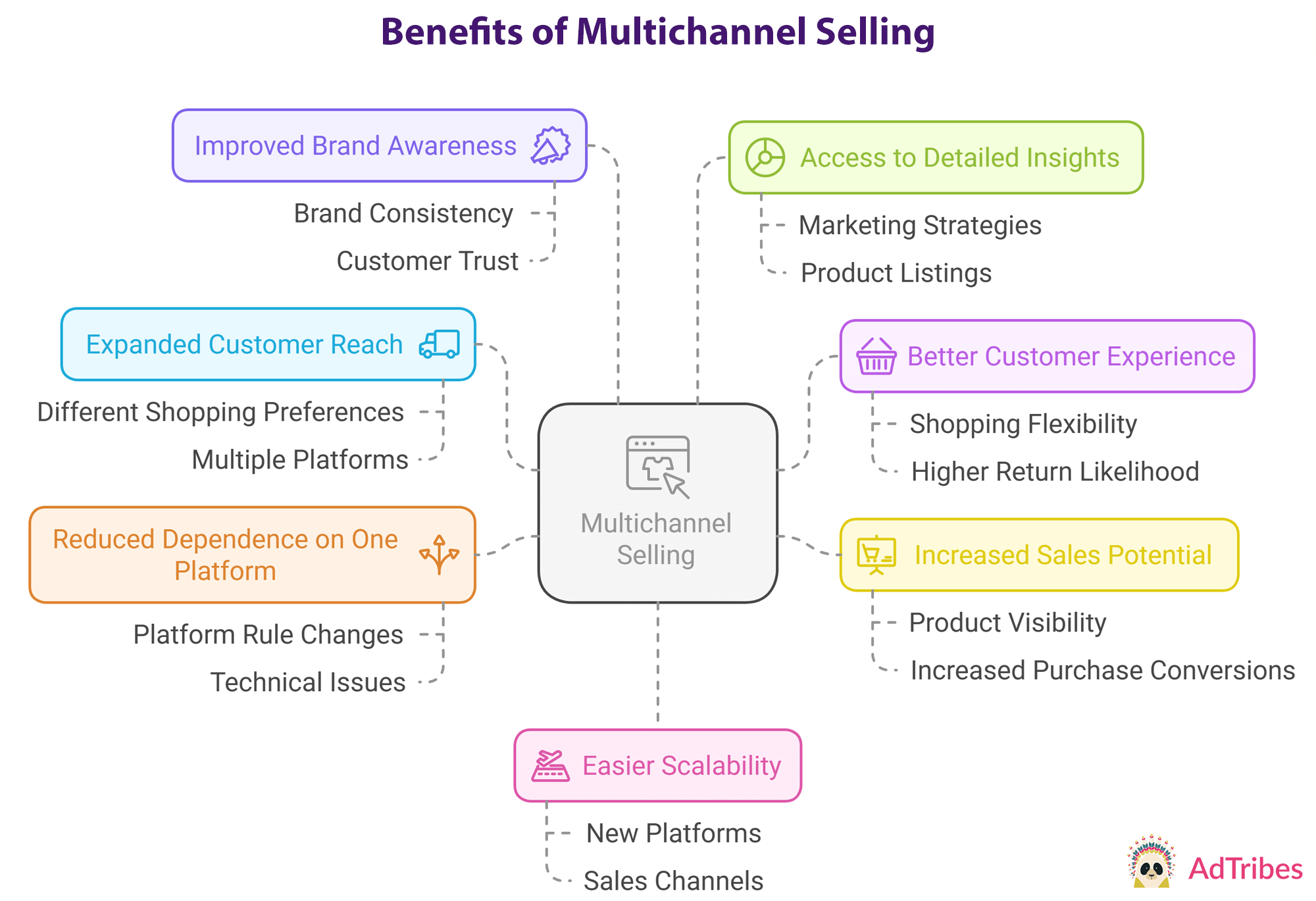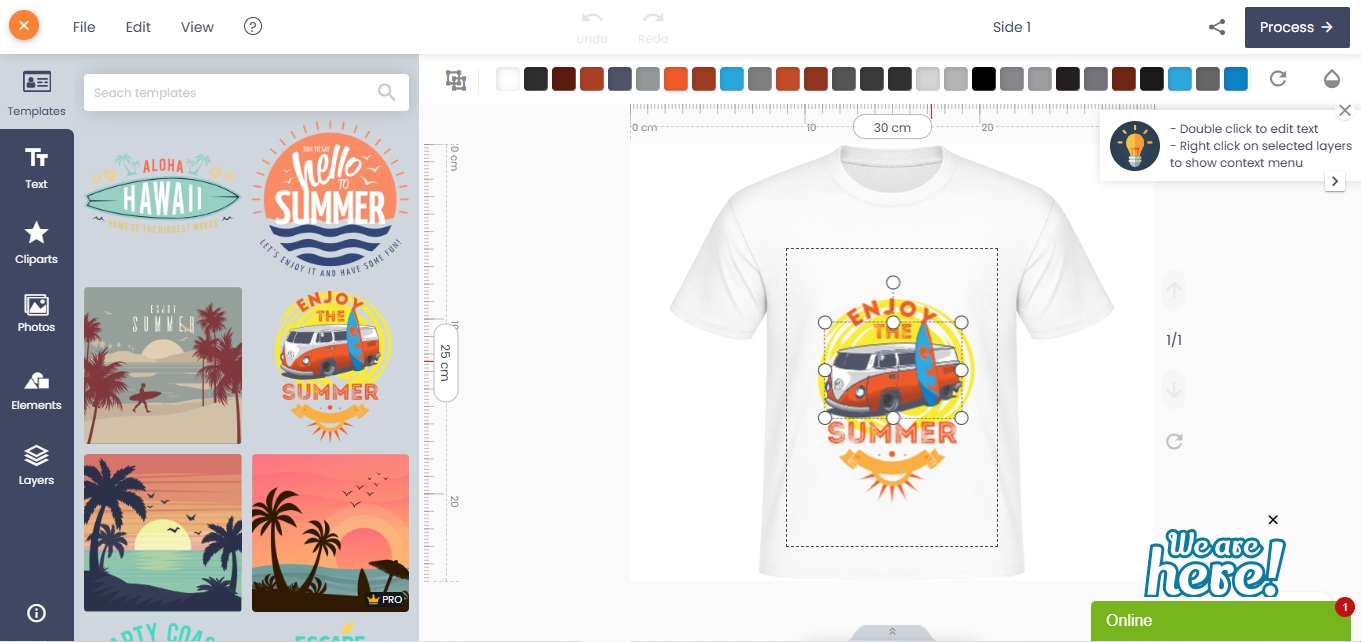TABLE OF CONTENTS
"I Knew My Store Could Do Better...
But I Didn't Know How"
That's what one of our clients, Jessica, told us. She was running a small mug store on WooCommerce—sales were okay, but stuck.
Until she discovered personalization.
Until she discovered Cmsmart.
Fast-forward 30 days:
- ✅ Her store was redesigned with AI product options
- ✅ Customers could design their own mugs with 3D preview
- ✅ AOV jumped by 42% — and she finally felt in control
Want to learn how she did it (and how you can too)?
🎓 Join our FREE 30-Day Email Course:
"Personalize, Launch & Scale – The Smart Ecommerce Way"
You'll get:
- ✔ 1 lesson a day, straight to your inbox
- ✔ Real store examples, demos & playbooks
- ✔ No tech jargon. Just strategy that works.
Join thousands of store owners learning how to scale smarter.
🎉 You're In! Thank You!
We've received your information and you're now part of our smart ecommerce journey.
Please check your inbox – your first email from the 30-Day Course is on its way!
📩 Didn't see it? Check your spam or promotions tab and mark us as safe.
We're excited to help you personalize, launch, and scale your store – the smart way.
TABLE OF CONTENTS
Related Post
Imagine a world where your products are just a click away for customers, regardless of where they choose to shop. According to a recent report by Statista, a staggering...
Understanding Your Target Audience Who Is This Tutorial For? Whether you’re a custom bag entrepreneur, a merchandising manager, or a WooCommerce developer setting up stores for your clients, this guide is...
What Is All-Over Printing? All-over printing (AOV) refers to a method of printing where the entire surface of a garment is customizable—from seam to seam. Unlike traditional placements (like chest...
Other Usefull Contents
You can see many success stories from our customers, and you may be one of them in the future












You started your eCommerce business but how to build eCommerce shipping? How are you getting from destination A to the destination B? Shipping can be frustrating. Yet, it doesn't need to be an upsetting encounter. Here are 7 things you need to do when you’re getting started with shipping to save you time, money, energy and stress. Let’s see
1. Your physical shipping and storage space
First, you have to Arrange your warehouse reasonably. Keep top-selling items near your packing and shipping station for easy shipping. If these shipment items sell all the time, consider a way to pre-pack them. Next for eCommerce shipping, you have to have a clear label. This process helps you and your employees quickly find a product. You should keep products that you often buy together in one place. For examples like socks and belts… Evaluate where your packing and shipping stations are reasonable. If it’s not a seamless transition from picking to printing, it very well might merit rearranging. If your stock is growing, is it savvy to keep stock in your home, or if you would speed up by leasing a committed space?
2. Your carrier(s)
One of the important elements for eCommerce shipping is your shipping partners. There are many options. It depends on many factors: shipping fee, your product, what services you’re looking for….At all, you can discover if a carrier will work for you. The shipping fee can be discounted with most major carriers in the eCommerce shipping industry. It’s a good way to start with famous domestic shipping companies. Reach out to your local carrier. They are usually the best starting point and might even assign you an account manager. If you want to go international. Pick a few products and choose a handful of shipping companies.
3. How you calculate your ship fee
If you want shipping efficiency, a shipping cost is the best option for your customers. A shipping fee calculator can show you the rates, the services, and from any set of destinations. Get flexible and competitive prices on the spot or in advance. With no unpleasant surprises, you can make the right decision for your cargo, giving you peace of mind. If you’re running Magento, you can use Magento Shipping Cost Calculator Extension to calculate , create and display shipping fee or check the location of your shipment items. You can see more How To Help Customers Calculate The Shipping Cost Before Checking Out?
4. Shipping fee strategies.
Here are 3 strategies that work the best: Free shipping, flat rate and charging what you pay. With free shipping, customers love it but it’ won’t make you any money. Thus, you can offer it as a promotion during a holiday sale or on order with certain quality. That’ll encourage customers to buy more to achieve free shipping. Then come with flat rate shipping. You charge a single rate per order based on weight, size or other factors. Finally, charging what you pay. With the shipping costs extension for the website, it allows you to show live carrier rates at checkout, which allows you to charge the same amount that you actually pay. Think about implementing one or two ways at once, it will great for your eCommerce shipping business.
5. How you communicate with customers about shipments
Every time a specific sale occurs, you should have automatic emails. These emails have click through rates almost six times higher than other types of emails. Thus it is important to eCommerce shipping. They create careful feelings for your customers. They know you got their order and now working on it. You might provide “How To” instructions, suggest additional products to buy that are related to the order, or include links to social media.
6. What to include with your shipments
In the eCommerce shipping industry, customers can’t walk into your store and touch the items for sale. The closest thing you can offer them to physically experiencing your products and brand is the shipping box and your product. So, you should add some things to your shipping box and make it a marketing tool. Here are some options:
Include a coupon or special discount
Include a pre-written or handwritten thank-you note
Suggest that the buyer write feedback or follow you on social media
You should add “ how to use” information. If you sell dresses, you probably don’t need to include instructions. But for some products, it’s a must. Although this information is already on your website, it is a good hard copy when they unbox. Finally, consider the personalized touches. You can write thank you notes or enclose printed ones, or drop in another little surprise.
7. How to facilitate return shipments
You always hope a product stays sold but returns are inescapable. Handling returns breaks down quite basically: either include a return label with the order or send one when it’s needed.
On the off chance that you sell such a thing that is frequently returned or traded, similar to dress, or if the request is documented as a blessing, you ought to consider including a return name to make the cycle simpler.
Something else, if a client demands a return, give them a mark! In the event that you use transporting programming, similar to ShipStation, you can make the return name and have it messaged to the client as a PDF. This technique is speedy, simple, and torment free for you and your client.
Straightforward, right? Anyway, you have a clear return policy and place it in a place that‘s easily accessible. Include it on your packing slip or in the shipment confirmation email — somewhere it can’t be missed.
Conclusion
These seven things will help you prepare, fulfill, and ship efficiently as possible for Ecommerce Shipping. See more demo to know more. If you have any questions about the shipment, leave a comment below and let us know how we can help you